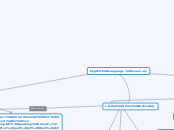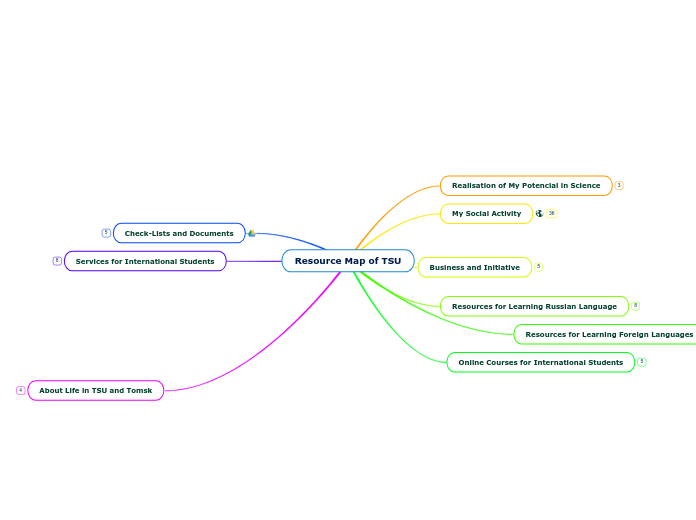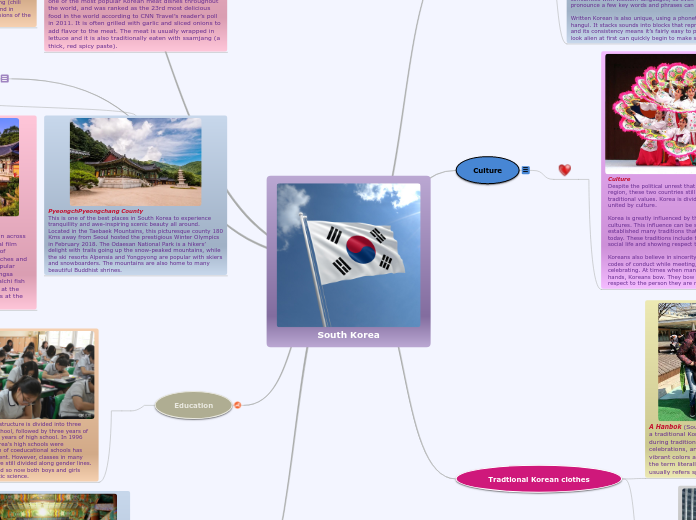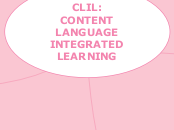English Language Learners
Limited Prior Schooling
English Literacy Development
Starts in grade 3
Can fill in learning gaps and help students
Spend part of the year in a non-English speaking country
lacked opportunity for consistent schooling
have learning gaps
non-Canadian born
Refugee
Sensitive/stigmatized Term
Use 'Newcomer'
wont affect public support
protected by Universal law
Fleeing Instability & unsafe to return
Model Resilience
Rich resource
War
Environmental catastrophe
Migrant
Governed by Immigration law
chose to come
Reuniting with family
Better job/education prospects
Canadian born
Underperforming academically
Conversation skills hide language gaps
born in Canada but lived in non-English speaking country for part of their childhood
Speak language other than english at home
First Nations/Inuit/Métis
Speak a language other than English at home/speak a variety of English significantly different from academic English
English as a Second Language
Language learning embedded into curriculum concepts
2 MOE Strategies:
Strategies integrated in a holistic framework of all
Services
initiatives
programs
Increase staff + student knowledge of:
histories
traditions
Cultures
Not called 'Aboriginal' as it does not reflect diversity









